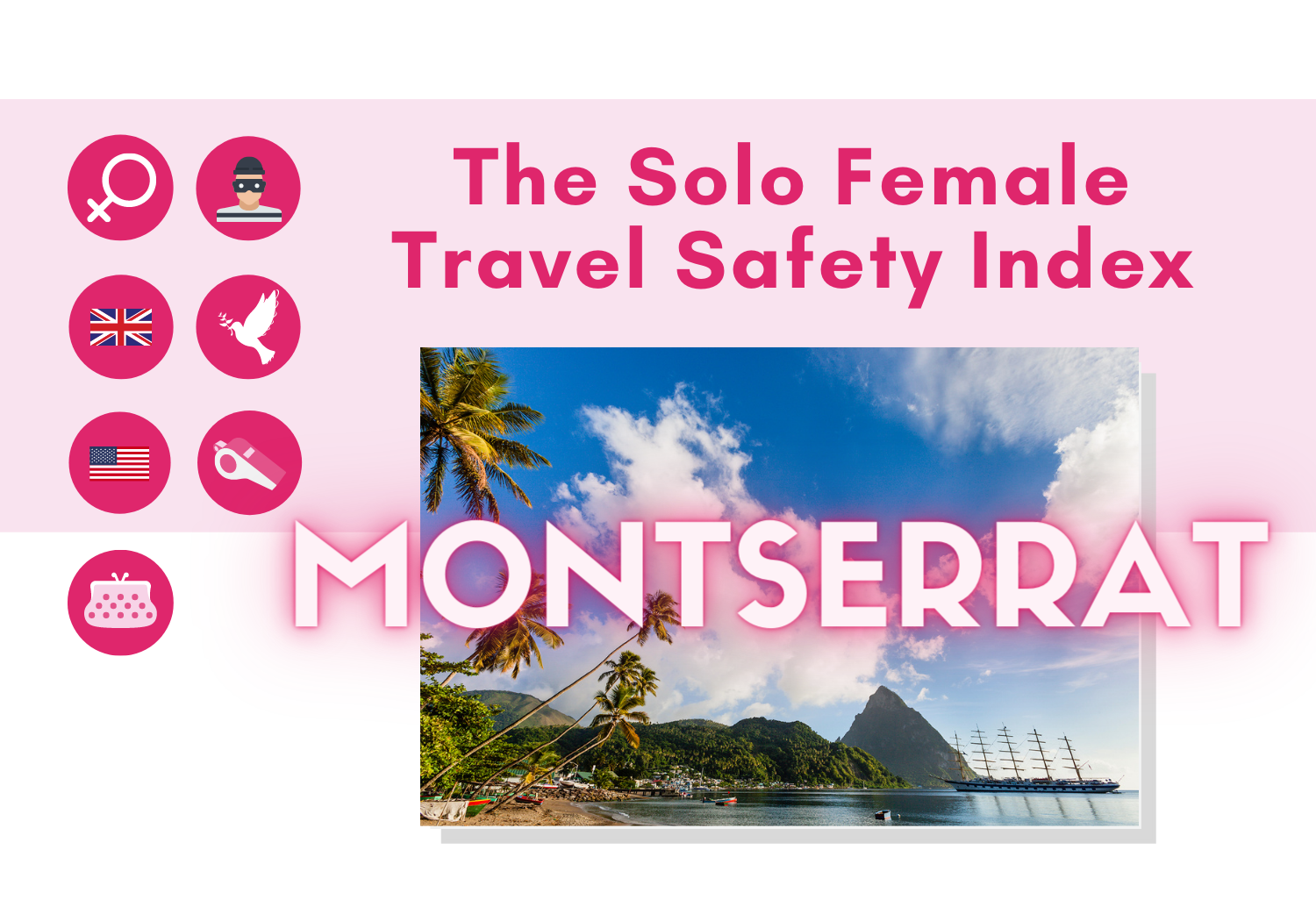This post may contain affiliate links. For full information, please see our disclaimer here and our Privacy Policy here.
Welcome to the Solo Female Travel Safety Tips and Advice page for Montserrat!
This page is brought to you by Solo Female Travelers Tours, our curated small group trips for women, by women.
On this page you will find first-hand, unbiased, and real safety tips, advice and reviews from women traveling solo, submitted directly from their personal experiences in the country.
Their opinions are unfiltered and submitted independently as part of the Solo Female Travel Safety Index, a ranking of 210 countries and regions based on how safe they are for women traveling solo.
The safety scores range from 1 to 4 with 1 being the safest and 4 being the most dangerous for solo female travelers.
You don’t need to login to read the below reviews. But do sign up or login to share your solo travel experiences, country safety rating and comments.
Jump straight to: Travel Tips | About the Index | Resources I Leave a Review
MAKE A DIFFERENCE – LEAVE YOUR SAFETY REVIEWS!
We can make the world a safer place for women traveling solo together. Sign up to our portal and leave your reviews NOW. Share your experience with other solo female travelers and help us empower more women through travel.
Montserrat Country data
We have compiled a few data points below that can help you better understand Montserrat and have more context when thinking about travel safety.
Official country name: Montserrat.
Etymology: Island named by explorer Christopher Columbus in 1493 after the Benedictine Abbey of Santa Maria de Montserrat, near Barcelona, Spain.
Country map

Locator map
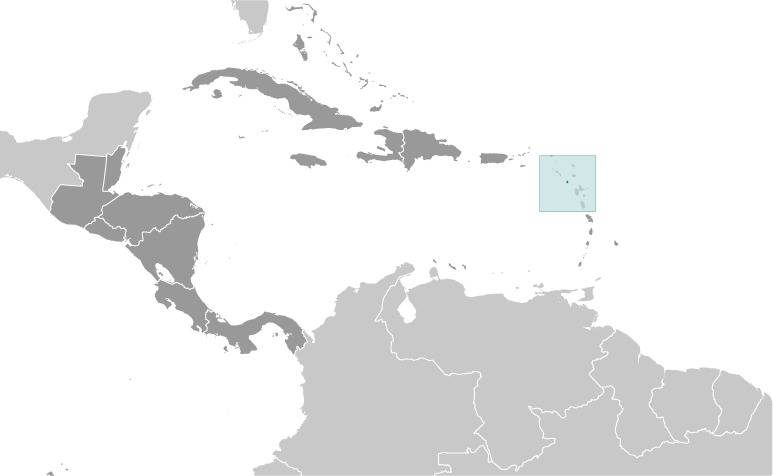
Flag
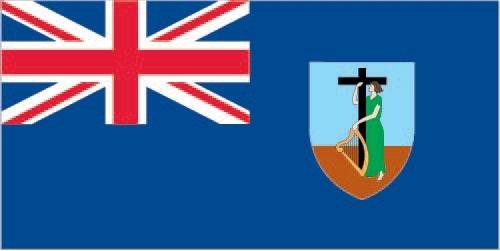
Capital: Officially Plymouth though the city had to be abandoned in 1997 because of volcanic activity. Interim government buildings have been built at Brades Estate, the de facto capital, in the Carr's Bay/Little Bay vicinity at the northwest end of Montserrat.
Independence / foundation: Montserrat remains an overseas territory of the UK.
English and Irish colonists from St. Kitts first settled on Montserrat in 1632. The first African slaves arrived three decades later. The British and French fought for possession of the island for most of the 18th century, but it was finally confirmed as a British possession in 1783.
Population: 5,440.
Currency: East Caribbean Dollar (XCD)
1 USD = 2.70 XCD
1 EUR = 2.90 - 2.96 XCD
Time zone: UTC-4
Languages spoken: English.
Religions: Protestant 71% (includes Anglican 18%, Pentecostal/Full Gospel 16%, Seventh Day Adventist 15%, Methodist 14%, Church of God 7%, other Protestant 2%), Roman Catholic %, Rastafarian 1%, Hindu 1%, Jehovah's Witness 1%, Muslim <1%, other/not stated 5%, none 8%.
Climate: Tropical with little daily or seasonal temperature variation.
Real GDP (ppp – purchasing power parity): $167.4 million.
Real GDP per capita (ppp): $34,000.
Main airports: John A. Osborne Airport.
World heritage sites in Montserrat
There are over 1,100 world heritage sites spread across more than 165 countries. New ones are added every year, and some may be removed from the list for various reasons.
Number of UNESCO listed sites: 0.
Top world heritage sites:
N/AInteresting facts about Montserrat
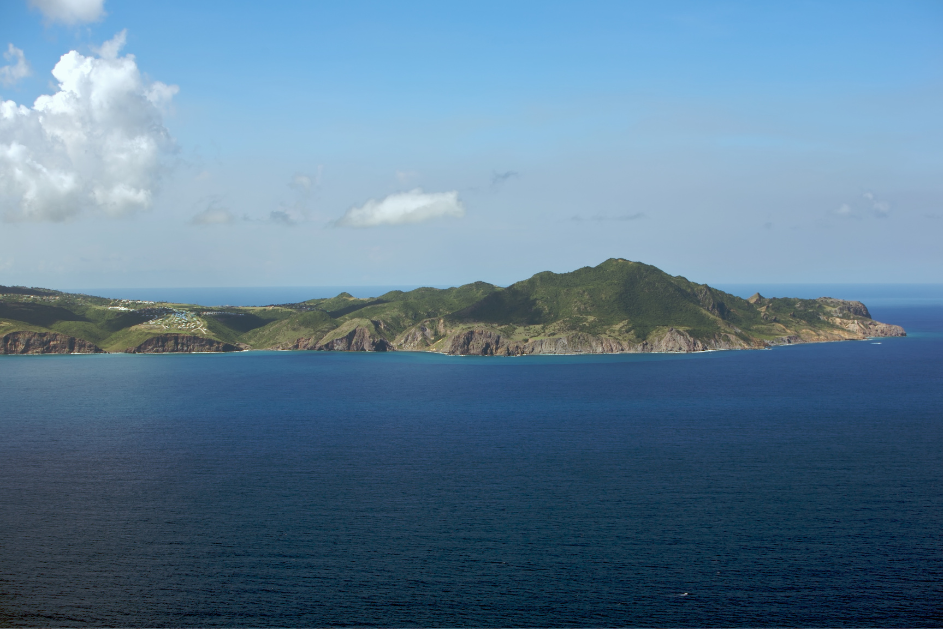
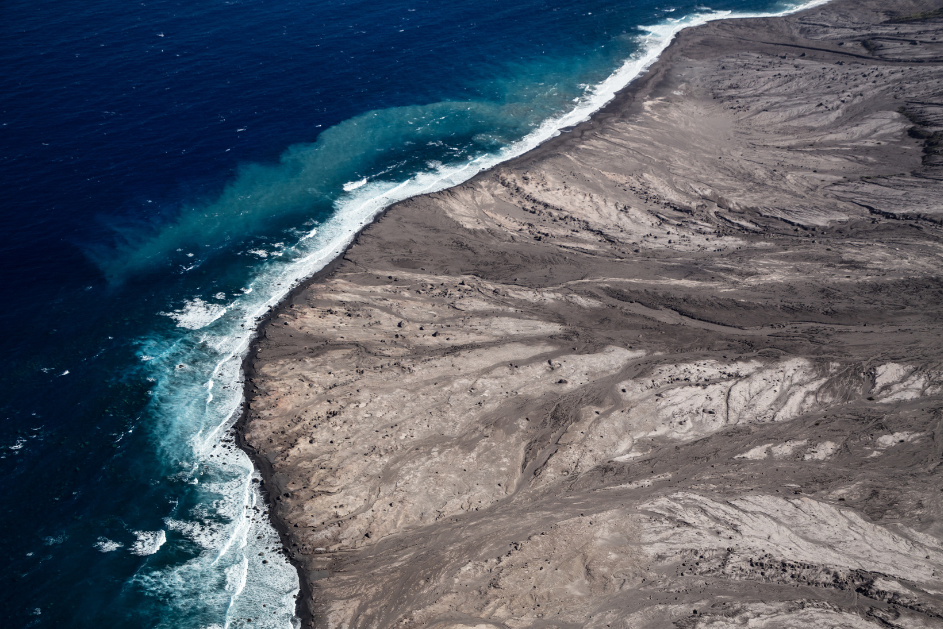
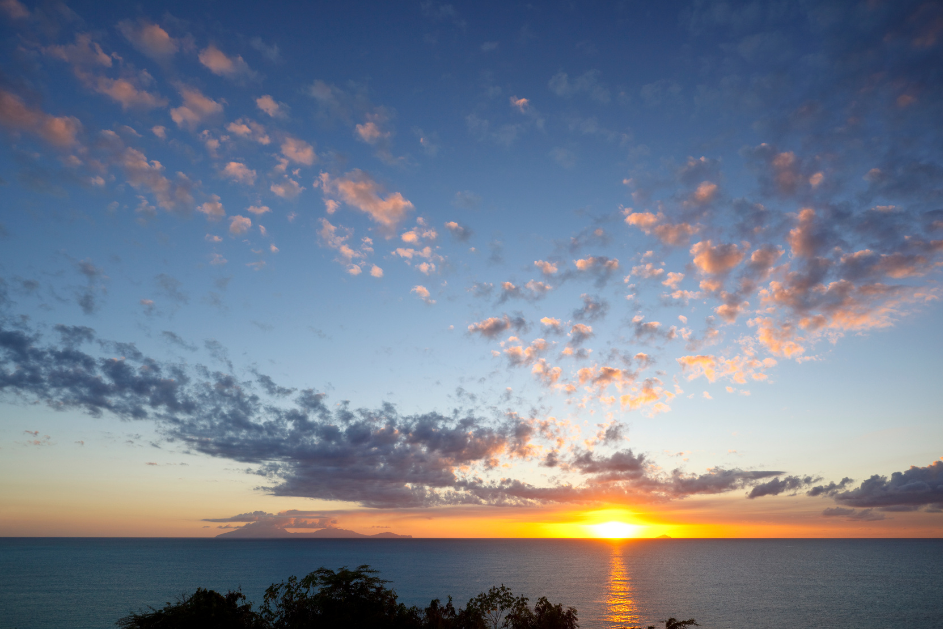
- Montserrat is a lush green mountainous island in the northeastern Caribbean, also known as Alliougana or the Emerald Isle of the Caribbean.
- In 1995, the once dormant Soufrière Hills Volcano erupted for the first time in almost 400 years. A great part of the island, including the capital Plymouth, was devastated.
- Among Montserratians are immigrants from Dominica, Jamaica, Guyana, the Dominican Republic and Haiti, who came to help rebuild the island after the first volcanic eruption.
- Following the volcanic eruptions, many people left Montserrat moving to other Caribbean islands, the USA and the UK. This is why only around 5,000 people live there now.
Further reading: https://www.visitmontserrat.com/montserrat-history-facts/
Montserrat Travel tips
Socket type: A / B. Guide to socket types.
Weekend days: Saturday and Sunday.
Driving: Cars drive on the Left.
Local taxi apps: No taxi/ride hailing apps.
Travel Guides: N/A.
Languages spoken: English.
Basic words and phrases in the main language:
N/A, English is an official or widely spoken language.Find a hotel in Montserrat
Booking.comBook tours and activities:
Not available.More about Montserrat on Solo Female Travelers
Coming soon.Did you spot any errors? We do our best to keep this information updated and accurate, but things change. If you saw anything that is not right, let us know so we can fix it: [email protected].
About the Solo Female Travel Safety Index
Safety matters to solo female travelers, you told us so in our annual Solo Female Travel Survey, where year after year, women prove that this is their most important concern when traveling solo.
We wanted to do something about it, so we built these country-specific pages where you can find reviews and scores for 7 key variables affecting the safety of women traveling solo.
Variables
- Risk of scam
- Risk of theft
- Risk of harassment
- Attitudes towards women
- UK Travel Advisory
- US Travel advisory
- Global Peace Index (GPI)
Informing OSAC
The Solo Female Travel Safety Score is used by the Overseas Security Advisory Council for including safety concerns for women travelers in their country security reports; OSAC is a partnership between the U.S. Department of State and private-sector security community.
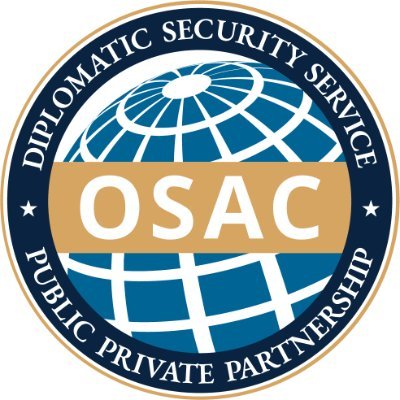
How to use the Safety Index
On this page, you will find the country score and the personal opinions on safety of other women traveling solo.
You can sort the comments by:
- The level of experience traveling solo of the reviewer (beginner = <5 trips solo, Intermediate = 5 to 10 trips solo, Experienced = >10 trips solo).
- The age of the traveler.
- Whether they are a visitor or local.
- The date they were posted.
The safety scores range from 1 to 4 with 1 being the safest and 4 being the most dangerous for solo female travelers.
Thus, the lower the score, the safer the country.
Looking for more safety resources?
This entire website is devoted to helping women travel solo. Check out the links below to learn more:
Solo Female Travel Stats: Results from the the largest, most comprehensive and only global research study on solo female travel trends, preferences and behaviors published.
Thanks to Jacobo Vilella for creating the Solo Female Travelers Safety Index ❤️

